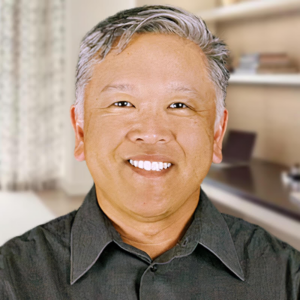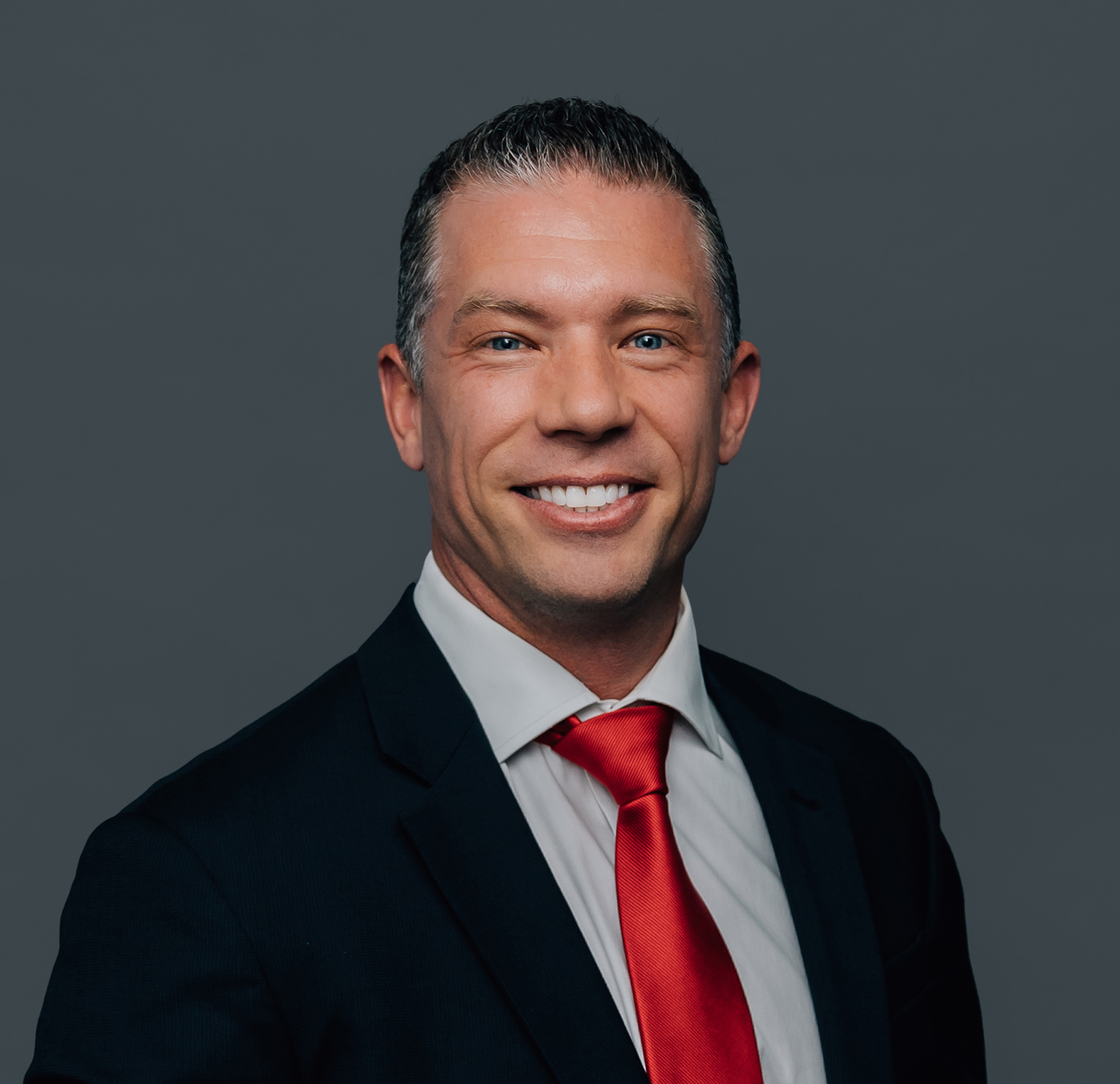You already know that dentists, including military dentists, need 5 Things to Buy a Dental Practice. But one of those things is a production history, which military dentists have traditionally had a hard time proving to banks to qualify for a loan.
The credit and experience requirements are typically no issue, and most military dentists have scraped together some cash.
The production requirement is a little weird, though. Civilian dentists who associate for a year or two and then go to a bank to buy a practice simply print off their production report showing how much work they can produce and – bingo! – they’re good to go.
What do you do as a military dentist? What if you want to line up your practice to purchase straight after discharge?
If you worked as an associate for a while, you would be in the same boat every other dentist is in. But, if you want to buy right after your service is complete there is some good news.
Dental lenders have dialed in the process of giving production credit to military dentists, and this is rarely a hurdle that prevents a military dentist from qualifying for a loan.
Dental Lenders will Give You $550-600k Production Credit Automatically
Without traditional production reports, banks are typically comfortable giving up to 550K or 600K in annual dental production without knowing more than the fact that the dentist was in the military.
The banks that deal most often with dentists know that production details vary widely between bases, branches and other variables. However, the discipline and background of the military-dental career path provide the trust needed for banks. One of the most prominent dental bankers in the country told me recently that “$550-600k credit for a military dentist is a given just based on their background. Military dentists know their stuff and learn quickly to fill in any gaps.”
Why $550-600k of Production Credit is (Usually) More Than Enough
This number is usually sufficient to allow a military doctor to qualify for a loan for three reasons. First, the rule of thumb is that a buyer must be able to do about 80% of what a seller is doing with production. If a military dentist wanted to buy a practice producing $1M straight out of the service, that will almost always work for a buyer. In most cases, hygiene is 25% of that amount ($250,000). The seller is doing the other $750,000, which, if we apply our 80% rule to, is $600,000 – exactly how much a bank will give “military production credit” (my made-up term) for.
Second, military dentists come out with very little to no student loan debt. This factors into the calculations banks make to see how large a loan they qualify for, putting military dentists at an advantage here.
Third, military dentists typically live a reasonable lifestyle with reasonable monthly bills to cover. No mega 7,000 sq/ft homes with only 5% down and a Tesla truck in the garage. Yet. Military dentists typically look better on paper here, relative to their civilian peers trying to qualify for the same loans.
What if You Want a Practice Collecting More than $1 Million?
A logical follow-up to the “automatic military production credit” rule (AMPC…see, I can do military acronyms with the best of them) would be, “What if I need more than the $550-600k in production credit because I’m buying a bigger practice?”
In that case, you have two options. Option number one is simply for banks to look for a seller to stay on or another dentist (usually an associate) to fill in the production gap. So let’s say a military doc wants to buy a practice that produces $1.5MM of dentistry (pure dentistry, no hygiene). The bank would calculate their willingness to lend based on the buyer doing 550 – 600K of production with another dentist doing the other $900-950k. Typically this will work, as the buyer will still show enough take-home pay to qualify, even if (in reality) the actual split between the buyer and associate in terms of the work being done after the sale wouldn’t be so lopsided.
The second option is for military dentists to show some kind of report that proves the number of procedures they did of various types. Something like, “2019: 150 2-surface composites, 100 3-surface composites, 75 crowns, etc.” The bank would then multiply those numbers by an average fee schedule for the area, or the actual fee schedule for the target practice. This is the least-frequent path for military dentists, as most that I talk with work out of one op in the “turn em and burn em” column without any real system that allows them to capture it in a form that transfers to private practice. But it does happen this way from time to time and you should be aware it’s an option.
Bottom Line for Military Dentists
The main takeaway for military dentists who are still in the service, but want to buy a practice immediately after they are out is that qualifying for a loan is possible and frequently happens. Make sure you’re talking with a reputable dental lender with a dental-only underwriting team that understands how the military dental route looks, and you’ll be good to go.
Read More:
Practice Ownership: The Sword to Slay Student Loans
How to Compare Two Dental Practice Loans – Comparing Process
4 Questions For Your First Meeting with a Seller – And 4 Questions to Avoid






